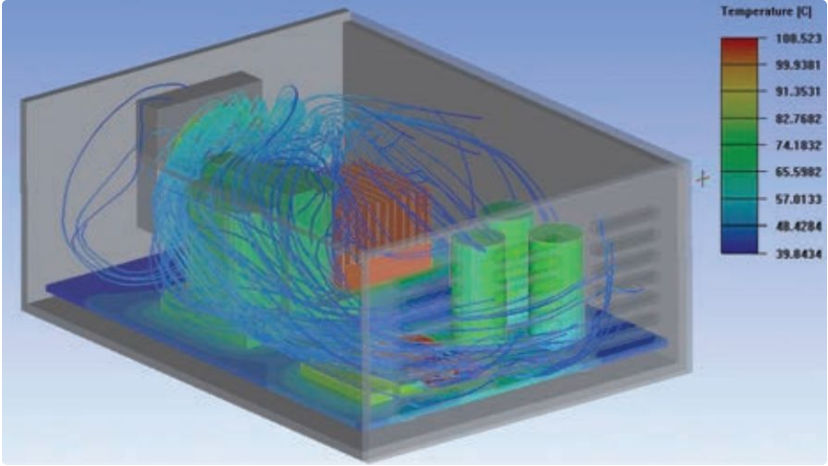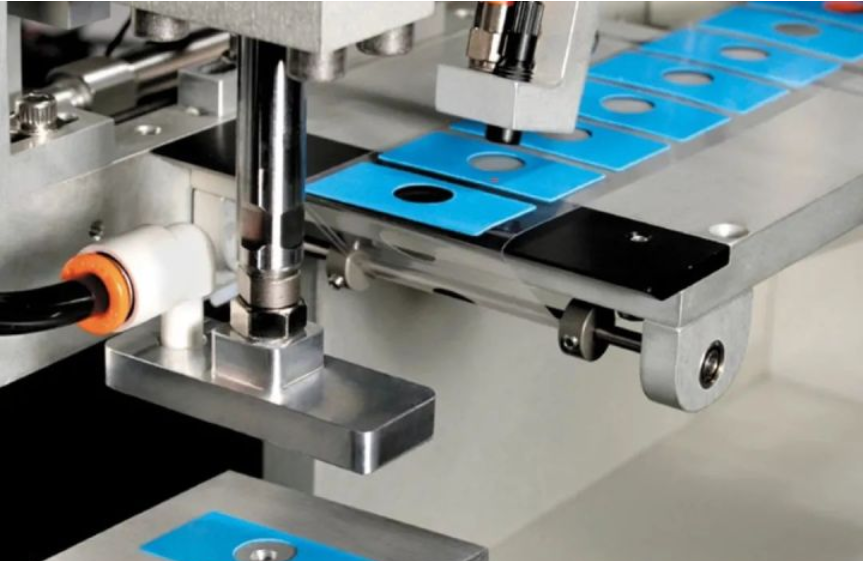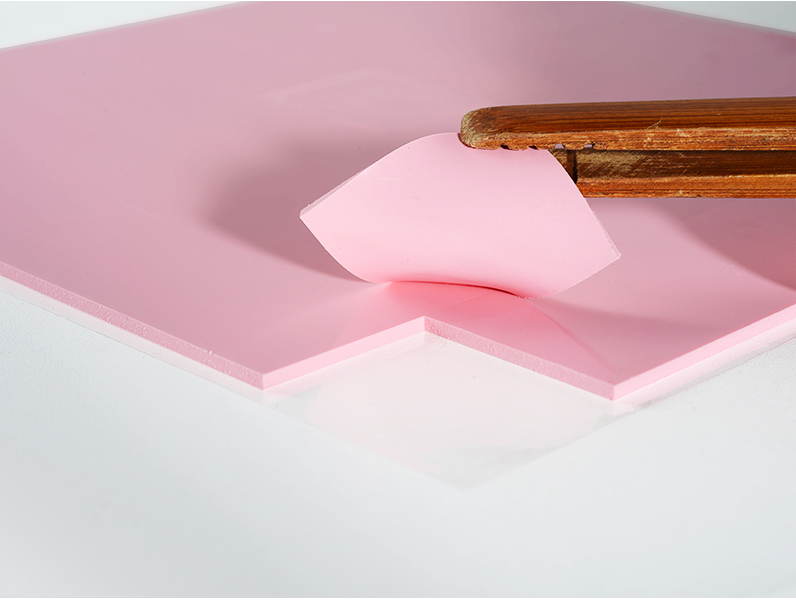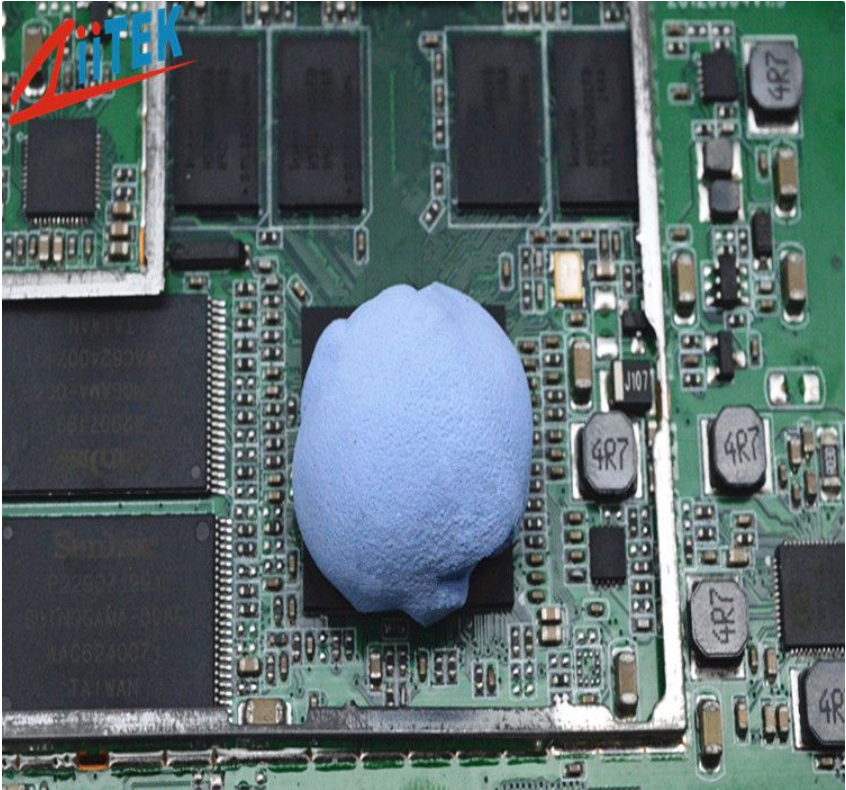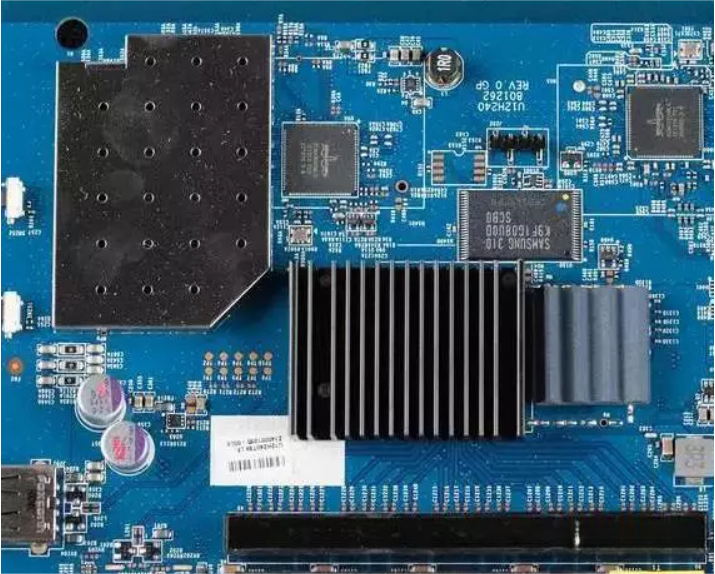原文鏈接在這里:www.electronics-cooling.com/1998/05/conduction-heat-transfer-in-a-printed-circuit-board/
以下中文部分是我的筆記:
In this issue, we examine heat flow in a printed circuit board (PCB), which typically is a layered composite consisting of copper foil and a glass-reinforced polymer (FR-4).
A cross-sectional view of such a laminated structure is illustrated in Figure 1. The Figure indicates the numbering system that will be used for indicating the different layers, numbered 1 through to N.

Figure 1: Cross-sectional area of PCB.
In many thermal calculations, it is convenient to treat such a layered structure as an homogeneous material, with two different effective thermal conductivities:

這2個(gè)公式的推導(dǎo)如下:
1 垂直方向上的各層材料之間的熱阻為串聯(lián)關(guān)系,即Rthrough=∑Ri=∑(ti/Ki),又根據(jù)公式q/ΔT=Rthrough=Σt/Ktrough,則Kthrough=Σt/∑(ti/Ki)。
2 平面之內(nèi)的熱阻為并聯(lián)關(guān)系:


The calculated values of these two quantities are presented in the graph below. In this calculation, it is assumed that the total PCB thickness is 1.59 mm and that the layers consist

FR4總厚度為1.59-0.07=1.52mm,銅箔總厚度為0.07mm,假設(shè)覆蓋率為1。
Hence, it is clear that in most electronic applications, KIn-Plane of the PCB is much less than that of a solid plate of copper. The results show that a typical PCB is not an efficient conductor of heat, leading to significant local variations in the PCB temperature in the vicinity of heat-generating components.

References
J.E. Graebner, “Thermal Conductivity of Printing Wiring Boards”, Technical Brief, Electronics Cooling Magazine, Vol. 1, No.2, October, 1995, p. 27
K. Azar and J.E. Graebner, “Experimental Determination of Thermal Conductivity of Printed Wiring Boards,” Proceedings, SEMI-THERM XII Conference, March, 1996, pp. 169-182.
標(biāo)簽: 點(diǎn)擊:2293 評(píng)論:0



